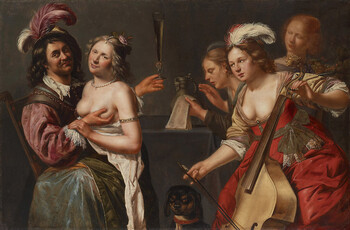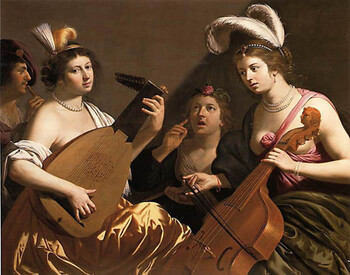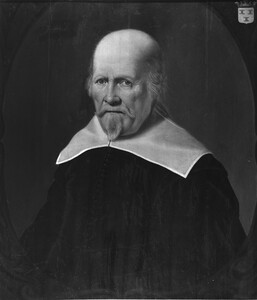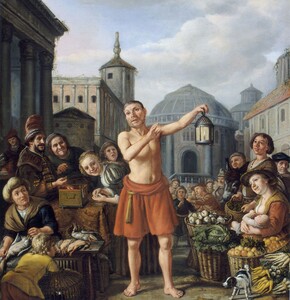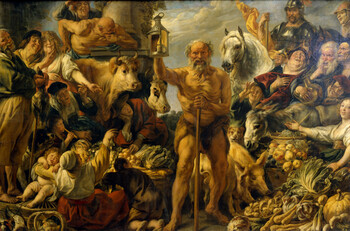Johannes Baeck
Portrait of Frederik van Zuylen van Nijevelt
Oil on panel : 69,5 X 59,8 cm
Signed and dated 1650 upper left
Private collection, RKD Nr. 124312
(black and white photograph)
This is a comparative item
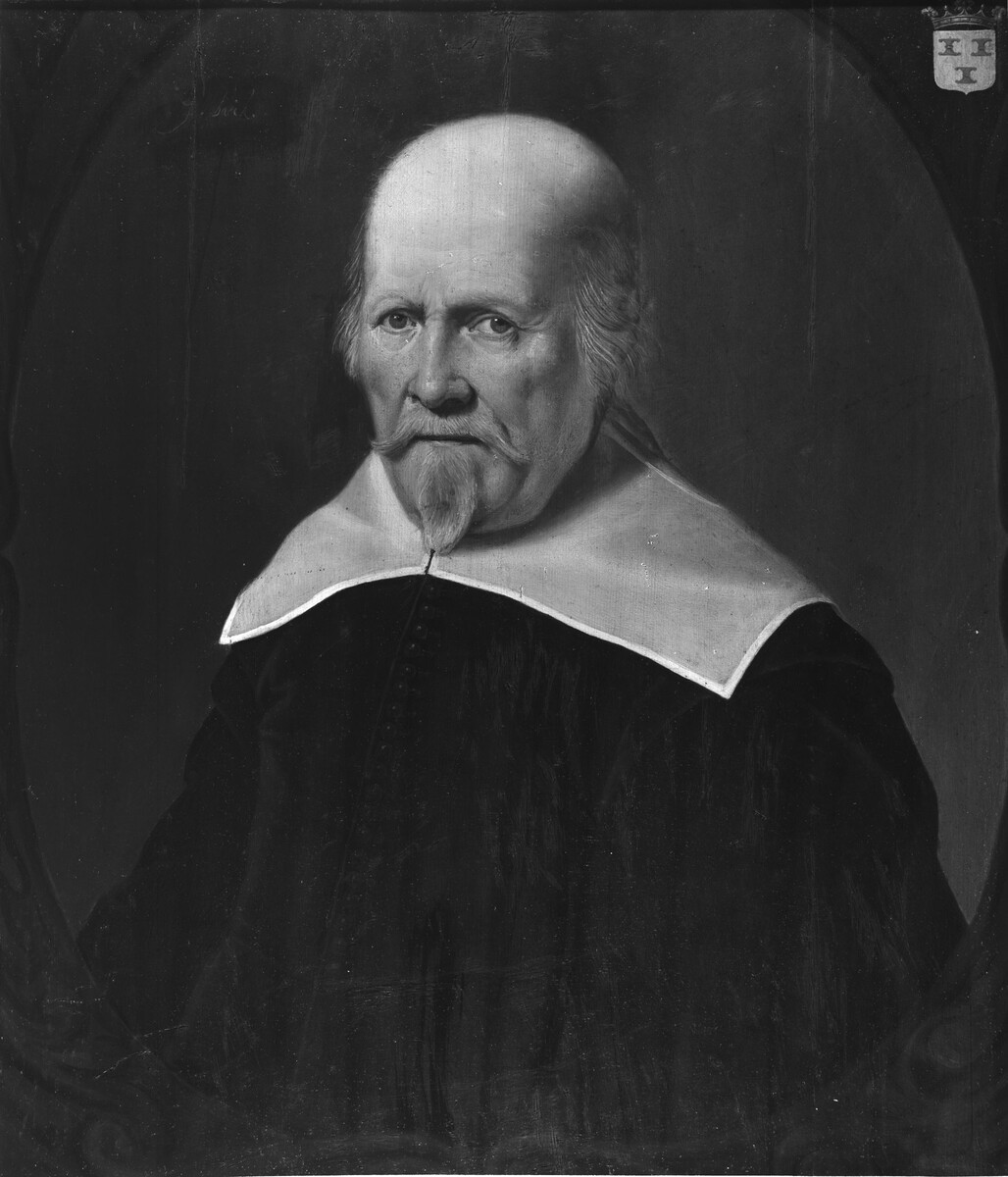
Painting for Sale
Baeck, Johannes
"Diogenes seeking a True Man"
Comparative paintings
Click photos for more details

